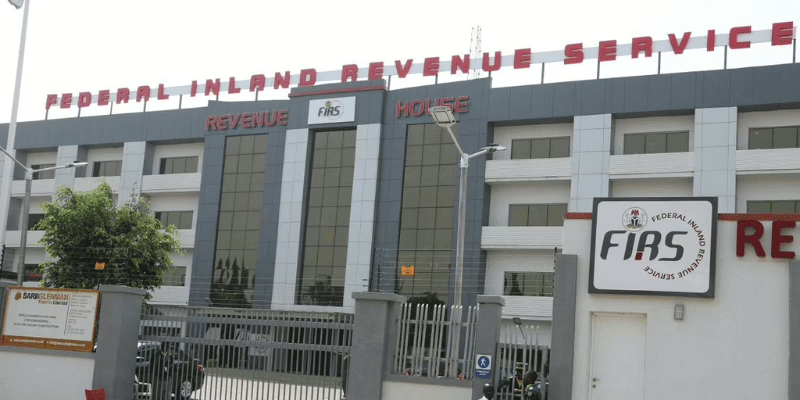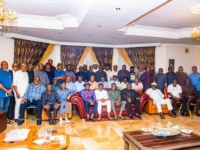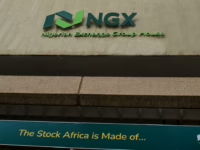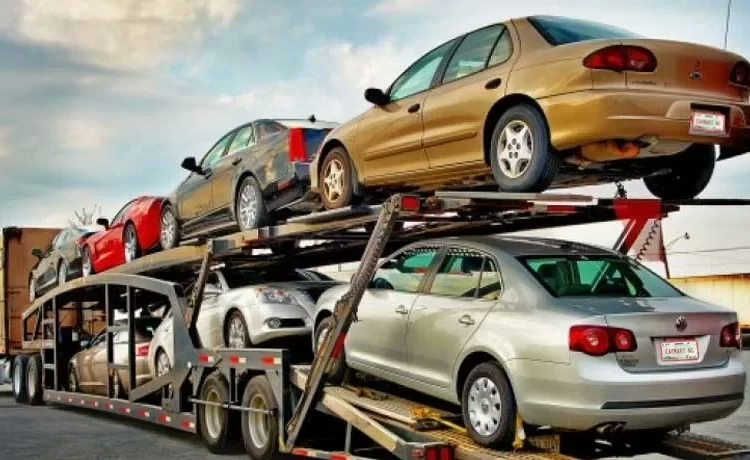Experts believe that with credible policies, improved infrastructure, and a more business-friendly macroeconomic environment, Nigeria’s automotive industry has the potential to surpass the stiff competition posed by imported vehicles.
For many years, Nigeria has aspired to develop a self-sustaining automotive sector capable of generating employment, fostering technology transfer, and reducing dependency on foreign imports. This ambition dates back to the 1970s when companies like Volkswagen and Peugeot established assembly plants, encouraged by government-led industrialisation initiatives. However, after nearly fifty years, the industry has yet to fulfill its promise, hindered by inconsistent policies, economic volatility, and the overwhelming influx of used imported cars.
“Nigeria possesses all the essential ingredients-ample market demand, entrepreneurial talent, and foundational industrial experience. What’s lacking is consistent policy direction and robust infrastructure. Investors require a stable, decade-long strategic plan that remains unaffected by political changes,” explained Sam Akwaja, an industry expert with extensive experience working alongside auto manufacturers across West Africa.
Industry insiders express guarded hope. A senior official at a Lagos-based assembly facility, speaking on condition of anonymity, remarked, “We welcome competition, but it must be equitable. The market is saturated with affordable used vehicles, while we face steep tariffs on components and high logistics expenses. Without focused support for local suppliers, our operations will be confined to mere assembly.”
Small and Medium Enterprises (SMEs) within the supply chain share similar concerns. Chinedu Eze, owner of a small auto parts manufacturing workshop in Nnewi, believes local SMEs could thrive with adequate backing. “We have the capability to produce items like seats, wiring harnesses, and body panels. Yet, exorbitant electricity costs and limited access to financing stifle us. If the government facilitates long-term loans and ensures reliable power, we could supply assemblers instead of relying heavily on imports,” he asserted.
The National Automotive Industry Development Plan (NAIDP) and initiatives by the National Automotive Design and Development Council (NADDC) have set forth ambitious goals, but their execution remains inconsistent. Delays at customs hinder the timely arrival of Completely Knocked Down (CKD) kits, foreign exchange shortages inflate expenses, and the scarcity of intermediate suppliers keeps localisation efforts minimal.
“Policies are frequently launched with much fanfare but lack effective implementation. Nigeria should take cues from Morocco and South Africa by fostering industrial clusters, enhancing logistics, and enforcing clear localisation deadlines,” advised Dr. Kayode Yusuf, a Lagos-based researcher specializing in industrial policy.
Experts advocate for a two-pronged strategy: developing domestic industrial hubs such as Nnewi and Agbara/Ota, while forging strategic alliances with global Original Equipment Manufacturers (OEMs) committed to local sourcing and workforce development. Providing incentives for component manufacturing, ensuring access to long-term foreign currency, and investing in critical infrastructure like power and transportation could revitalize the sector, according to market analysts.
Consumer affordability remains a significant challenge. With rising inflation and shrinking purchasing power, many Nigerians find new vehicles out of reach, turning instead to used imports. Linking assembly incentives to export performance and designing affordable, durable vehicles tailored to African terrains could help bridge this affordability gap.
While Nigeria is unlikely to surpass Morocco or South Africa’s automotive industries in the short term, there is considerable promise in segments such as commercial vehicles, buses, and agricultural machinery, where economies of scale are attainable and local content can expand more rapidly.
“The risk lies in creating protected assembly operations that never evolve into full-scale manufacturing,” cautioned Wale Adegbite, a local assembler. “True progress depends on developing parts production, enhancing skills, and boosting exports-not just assembling vehicles with foreign components.”
Ultimately, Nigeria’s automotive sector cannot thrive through protectionist measures alone. Success demands patient investment, stable policies, and genuine collaboration between government and industry stakeholders. The nation has both the market size and the ambition; the critical question is whether it can translate these advantages into effective action to transform its automotive landscape from stagnation to growth.
























